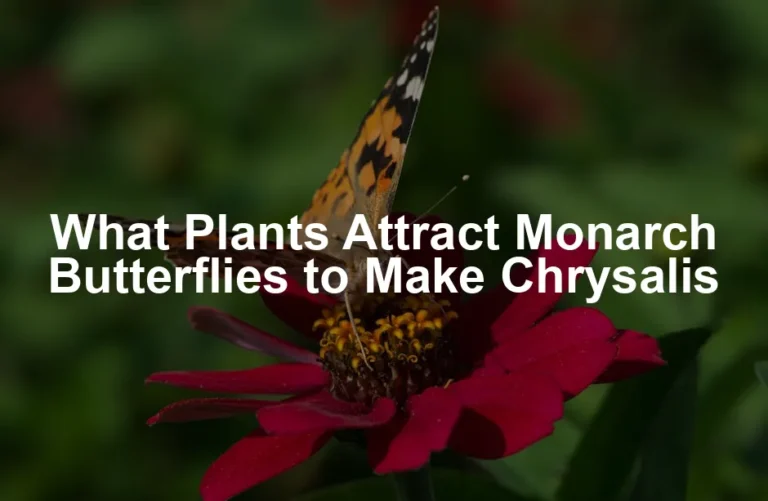

Purple Flowers in Florida: A Guide to Vibrant Blooms
Introduction
Florida’s landscapes burst with vibrant purple flowers. These stunning blooms not only catch the eye but also play a crucial role in our ecosystems. They attract pollinators and support local wildlife. This article will highlight various purple flowers found in Florida and their unique features.
Before we dive into the specifics, make sure you’re armed with the right tools! A pair of gardening gloves can save your hands from nasty thorns and prickly plants while you work your magic in the garden!
Summary and Overview
Purple flowers hold significant value in Florida gardens. They enhance visual appeal and bring diversity to your landscape. With numerous species blooming at different times, gardeners can enjoy color year-round. These flowers also benefit the environment by attracting bees, butterflies, and birds. In this post, we will explore popular purple flowers, their care, and tips for incorporating them into your garden.
While you’re at it, consider investing in a garden trowel set. These handy tools will make digging and planting a breeze, giving you more time to enjoy your blooming masterpieces!
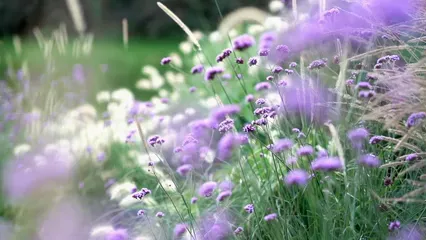
The Beauty of Purple Flowers in Florida
Importance of Color in Landscaping
Purple flowers can transform your garden into a stunning visual feast. They add depth and contrast, creating a lively atmosphere. Studies show that people often feel calm and inspired when surrounded by purple hues. This color can attract attention and evoke emotions, making it a powerful choice in garden design. Think of how a garden with purple flowers stands out against greens and yellows!
Consider your garden’s color scheme when planning your planting. Mixing purple flowers with complementary colors can create a harmonious look. So, why not experiment with different shades to see what resonates with you? Let your garden reflect your personality and style!
Non-Native but Florida-Friendly
Mexican Bush Sage (Salvia leucantha)
Mexican Bush Sage is a true gem for Florida gardens. Its vibrant purple blooms attract hummingbirds and butterflies, bringing life to your outdoor space. This perennial plant thrives in full sun and is drought-tolerant once established, making it a fantastic choice for easy-care gardens. It grows to about 1-3 feet tall and wide, creating a stunning visual impact. Just be sure to provide well-draining soil, and it will reward you with flowers from late summer to fall. For a low-maintenance garden that dazzles, consider adding this beauty to your planting plans. You can find Mexican Bush Sage seeds here.
Queen’s Wreath (Petrea volubilis)
The Queen’s Wreath is a striking tropical vine that stands out in any landscape. Its unique clusters of small purple flowers resemble a bunch of grapes, creating a dramatic visual effect. This vine can grow up to 30 feet, making it an excellent choice for trellises, fences, or arbors. It thrives in full sun but can tolerate partial shade. With its lush green foliage and vibrant blooms, the Queen’s Wreath adds a tropical flair to your garden. Why not experiment with this climbing plant for a fantastic visual statement? Get your seeds here.
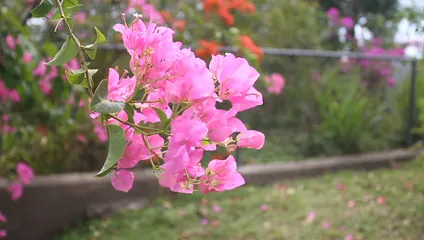
Seasonal Blooms: When to Plant Purple Flowers
Spring Blooming
Spring brings a burst of color with stunning species like Spiderwort and Stokes’ Aster. Spiderwort features charming three-petal flowers in shades of violet, blue, or white, blooming throughout the season. It’s a perennial that enjoys well-drained soil and thrives in full sun to partial shade. Stokes’ Aster, with its showy purple flowers, thrives in similar conditions and attracts butterflies. Both of these spring flowers are easy to care for, adding vibrant color to your landscape. Ready to embrace spring planting? Consider these beautiful options for your garden! how to save money while building raised garden beds for spring planting
And don’t forget to keep track of your plantings and progress in a plant care journal. It’s a great way to document your gardening journey and learn from each season!
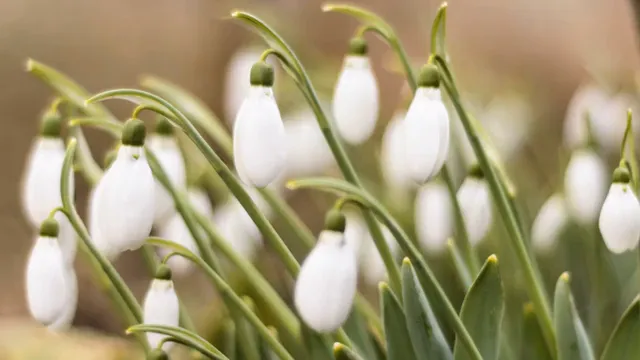
Spring planting is an exciting time for gardeners. Learn how to save money while building raised garden beds for spring planting to maximize your gardening experience.
Summer and Fall Blooming
As summer fades into fall, vibrant purple flowers like Ironweed and Blazing Stars take center stage. Ironweed, known for its tall, striking purple blooms, attracts butterflies and thrives in moist soil. It grows well in sunny spots, making it perfect for autumn gardens. Blazing Stars, with their unique wand-like flowers, also bloom in brilliant purple, adding height and interest. These flowers can provide stunning displays well into the fall. Want continuous color in your garden? Plant these beauties for a seamless transition from summer to fall! You can find Ironweed seeds here.
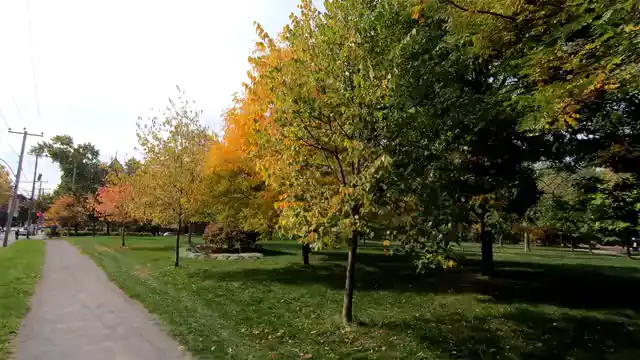
Creating a Purple-Themed Garden
Design Tips
Designing a purple flower garden can be a delightful experience. Start by considering color combinations. Pair purple flowers with yellows or whites for a striking contrast. Think about plant heights as well. Taller plants, like Ironweed, can serve as a backdrop, while shorter blooms, like Mexican Bush Sage, create depth. Focal points are essential, too. A single, showy flower, like the Georgia Aster, can draw the eye and anchor your layout. Sketching a garden plan helps visualize your ideas and ensures balanced color harmony. So grab some paper and start planning your vibrant purple paradise!

To give your plants the best chance to thrive, consider using high-quality plant fertilizer. It can provide essential nutrients that help your flowers bloom beautifully!
Maintenance and Care
Caring for purple flowers is crucial for a thriving garden. First, pay attention to soil needs. Most purple blooms prefer well-draining soil. Regular watering is essential, especially during dry spells. Aim for deep watering to encourage strong root growth. Keep an eye out for pests, too. Common nuisances like aphids can affect your plants. Use organic pest control methods for tomato plants when necessary. For ongoing garden care, consider resources such as local extension services or gardening books. These can provide valuable tips tailored to your specific flower choices. Happy gardening!
Proper care is essential for your garden’s success. Discover organic pest control methods to keep your purple flowers thriving.

Conclusion
Incorporating purple flowers in Florida gardens adds beauty and charm. These vibrant blooms not only enhance visual appeal but also support local ecosystems. They attract pollinators and provide habitats for wildlife. Exploring local nurseries can unveil a treasure trove of purple flowers waiting to brighten your landscape. Why not start your own purple flower garden today? You’ll enjoy the aesthetic and ecological benefits for years to come! And if you’re looking to add a bit of whimsy to your garden, a butterfly house could be the perfect addition!
What are the best purple flowers for Florida gardens?
Popular choices include the Purple Coneflower, Mexican Bush Sage, and Georgia Aster. The Purple Coneflower attracts butterflies and thrives in well-drained soil. Mexican Bush Sage brings vibrant blooms while being drought-tolerant. Georgia Aster, though rare, is stunning and supports pollinators. All these species require full sun and regular watering for optimal growth. Incorporating them into your garden will create a colorful and welcoming environment.
When is the best time to plant purple flowers in Florida?
Spring is ideal for planting most purple flowers. This season allows new plants to establish roots before the summer heat. Consider sowing seeds or transplanting young plants in March or April. For fall bloomers like Ironweed and Blazing Stars, aim for late summer planting. Timing your planting helps ensure vibrant blooms throughout the year.
How can purple flowers attract pollinators?
The bright color of purple flowers plays a significant role in attracting pollinators. Bees and butterflies are drawn to vivid hues, which signal abundant nectar. Flowers like the Georgia Aster and Purple Coneflower are especially appealing due to their color and fragrance. By planting purple flowers, you create a pollinator-friendly garden that supports local ecosystems and enhances biodiversity.
Are there any purple flowers that are drought-tolerant?
Yes, several purple flowers thrive in dry conditions. Mexican Bush Sage is a standout choice, requiring minimal watering once established. Other drought-resistant options include Blazing Stars and Ironweed. These species can withstand Florida’s hot summers while adding vibrant color to your garden. Selecting drought-tolerant plants helps conserve water and reduces maintenance.
How can I create a purple-themed garden?
Start by selecting various shades of purple flowers for visual interest. Combine tall species like Ironweed with shorter blooms like Mexican Bush Sage. Layering plants adds depth and creates a stunning display. Don’t forget to include complementary colors like yellows or whites for contrast. Sketching your garden layout will help you visualize your design and ensure a cohesive look. Enjoy the process of crafting your personal purple paradise!
Please let us know what you think about our content by leaving a comment down below!
Thank you for reading till here 🙂
All images from Pexels

